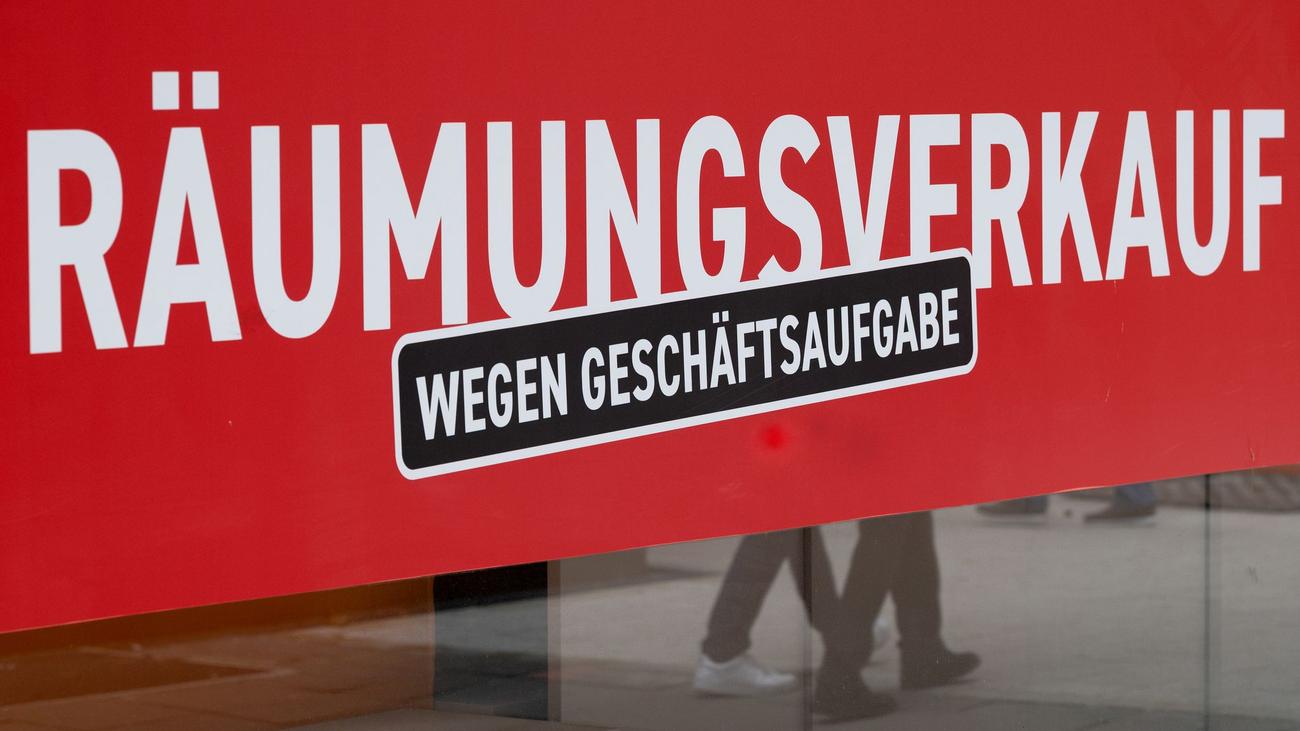
Surge in Corporate Insolvencies as Germany Grapples with Economic Headwinds
The German economy is facing a renewed surge in corporate insolvencies as the business climate worsens amidst a combination of energy costs, supply chain disruptions, and geopolitical uncertainties. This latest wave of failures follows a brief respite during the COVID-19 pandemic, when government support measures helped to prop up struggling businesses.
Key Stats and Trends
According to data from the German Federal Statistical Office (Destatis), the number of corporate insolvencies increased by 14.1% in January 2023 compared to the same month last year. This trend is expected to continue as the full impact of the current economic crisis becomes evident.
In November 2022 (the latest month with complete data), German courts received 1,787 applications for corporate insolvency, representing a jump of 18.2% year-over-year. The total debt owed by these insolvent companies amounted to €2.8 billion, significantly higher than the €1.5 billion recorded in November 2021.
Hard-Hit Industries
The surge in corporate insolvencies is particularly pronounced in sectors such as transportation and logistics, construction, and hospitality. These industries are grappling with rising energy costs, supply chain bottlenecks, and decreased consumer spending.
Consumer Insolvencies Remain Stable
In contrast to corporate insolvencies, the number of consumer insolvencies in Germany has only risen slightly by 2.8% to 5,971 in November 2022. This relative stability may be attributed to continued government support measures for individuals and households.
2024 Outlook: Surge in Insolvencies Expected
The economic outlook for Germany remains grim, with experts predicting a rise in corporate insolvencies throughout 2024. Creditreform, a leading economic research firm, forecasts that the number of insolvencies could reach 22,400 this year, the highest level since 2015. This year’s figures could potentially surpass the peak of 32,000 cases recorded during the 2009 global financial crisis.
Factors Contributing to the Surge
The increase in corporate insolvencies can be attributed to several factors:
- High Energy Costs: Soaring energy prices have placed a significant financial burden on businesses, especially those involved in energy-intensive industries.
- Bureaucratic Hurdles: Complex regulations and administrative processes can hinder business operations and increase costs.
- Political Uncertainty: The ongoing war in Ukraine and rising geopolitical tensions have created uncertainty for businesses, making it difficult to plan for the future.
- Consumer Spending Decline: The economic downturn has led to a decline in consumer spending, reducing revenue streams for businesses.
- End of Government Support Measures: The expiration of government support programs implemented during the COVID-19 pandemic has left many struggling businesses exposed to economic pressures.
Government Response
The German government is aware of the challenges facing businesses and has implemented measures to mitigate the impact of the economic crisis. These measures include financial aid, tax breaks, and loan guarantees. However, the effectiveness of these initiatives remains to be seen as the economic headwinds continue to strengthen.
Conclusion
The surge in corporate insolvencies in Germany is a reflection of the challenges facing businesses in the current economic climate. High energy costs, bureaucratic hurdles, political uncertainty, and declining consumer spending are all contributing to an increase in business failures. The government has implemented support measures to help businesses navigate these challenges, but the effectiveness of these efforts will be crucial in determining the extent of the financial damage to the German economy.
